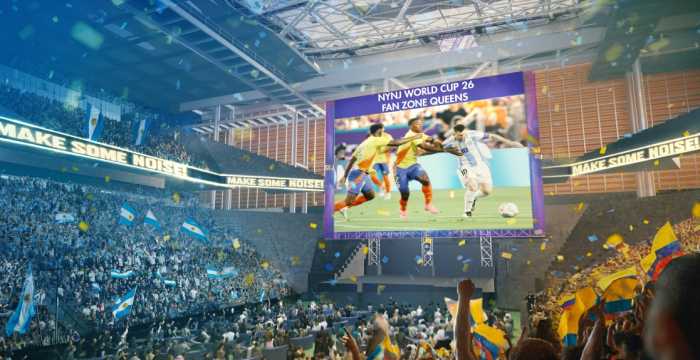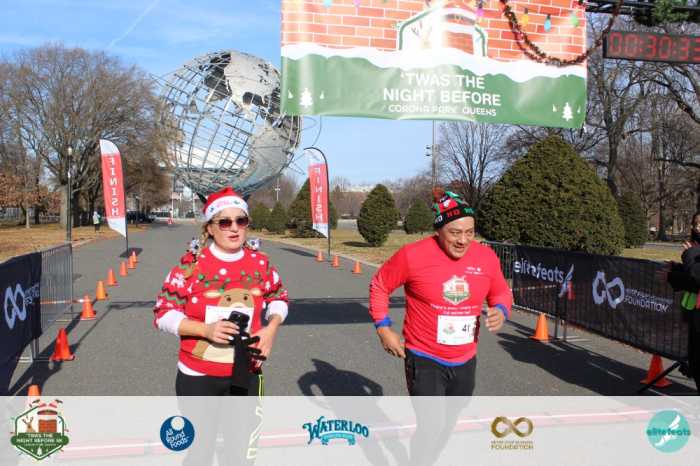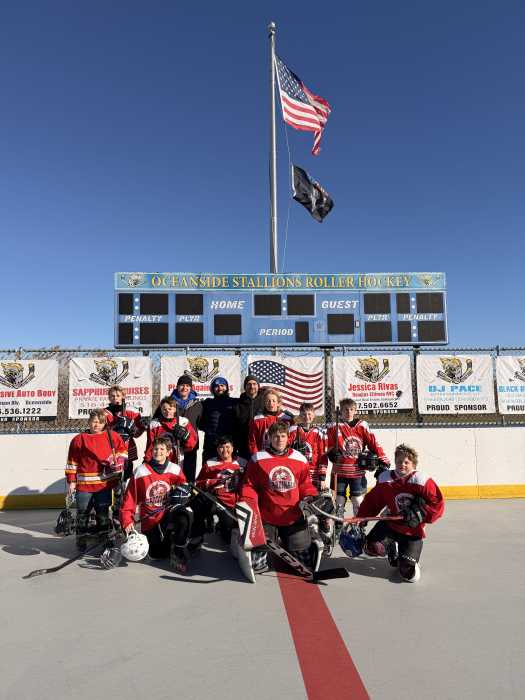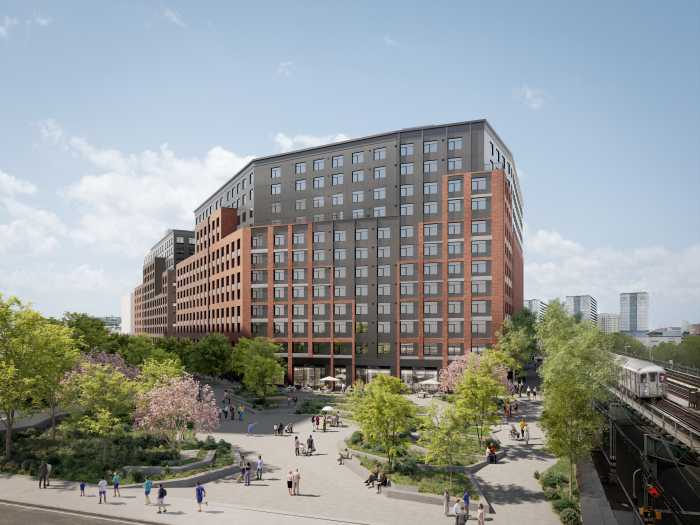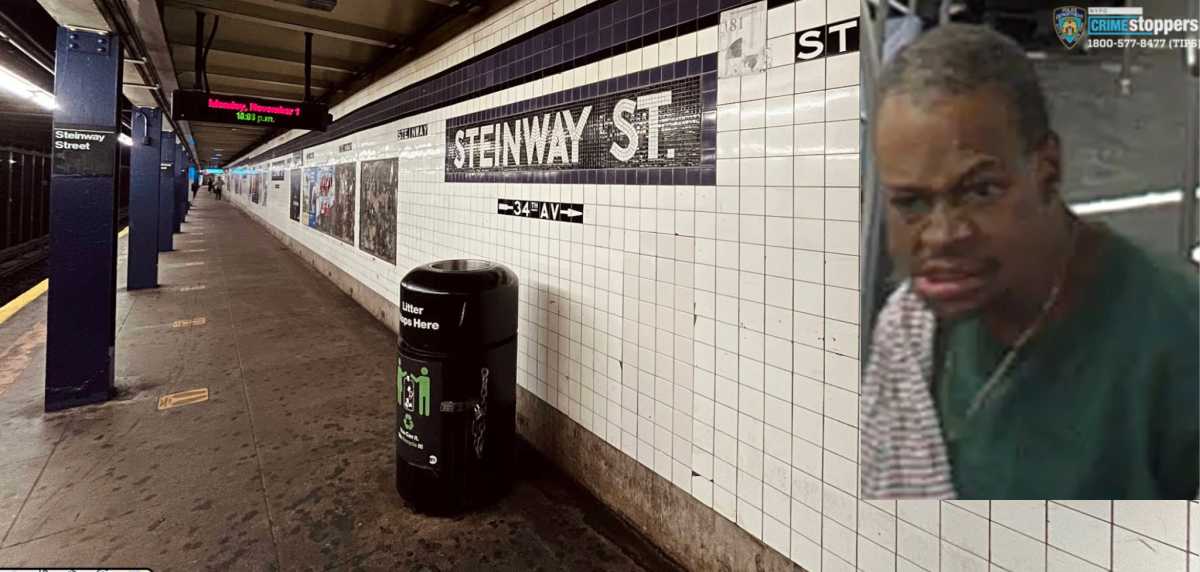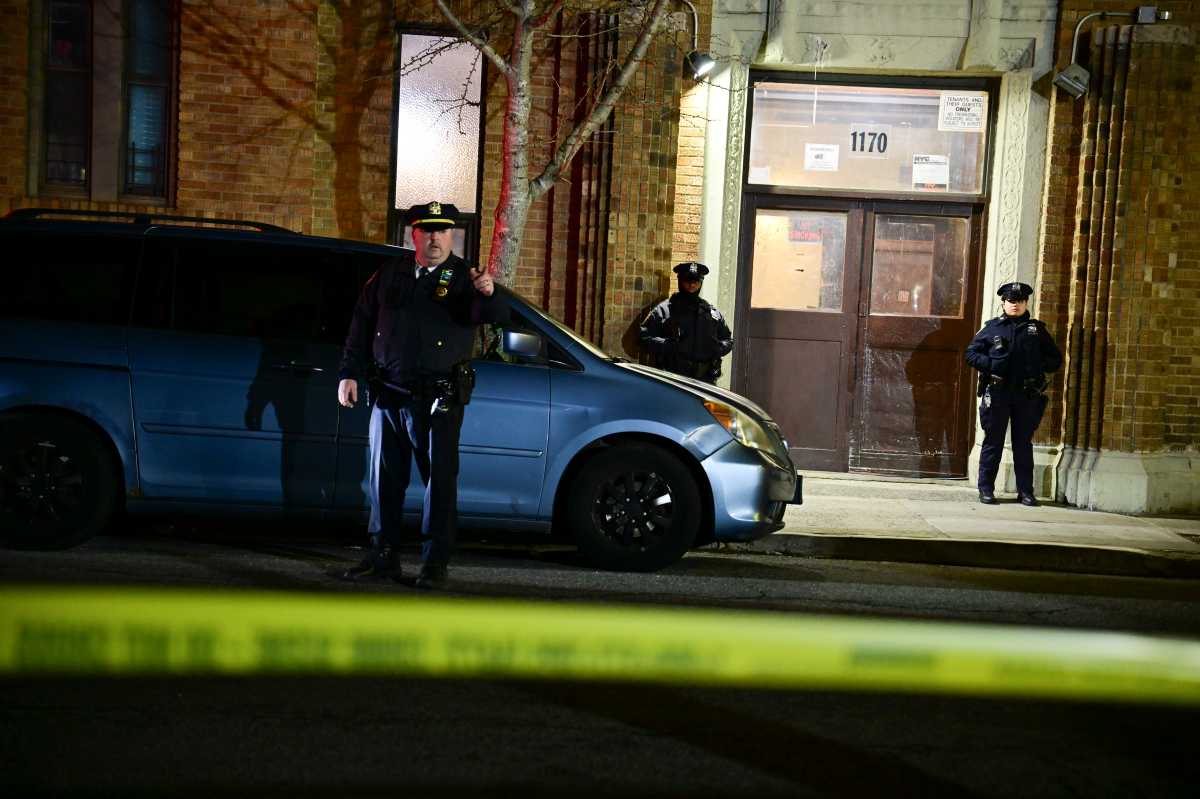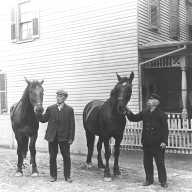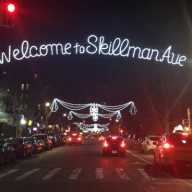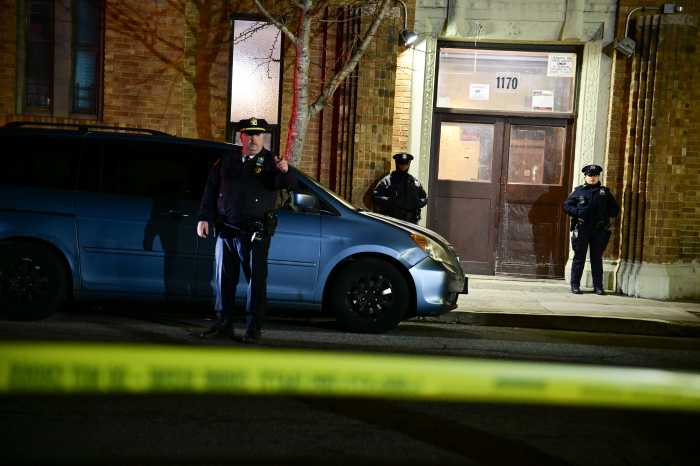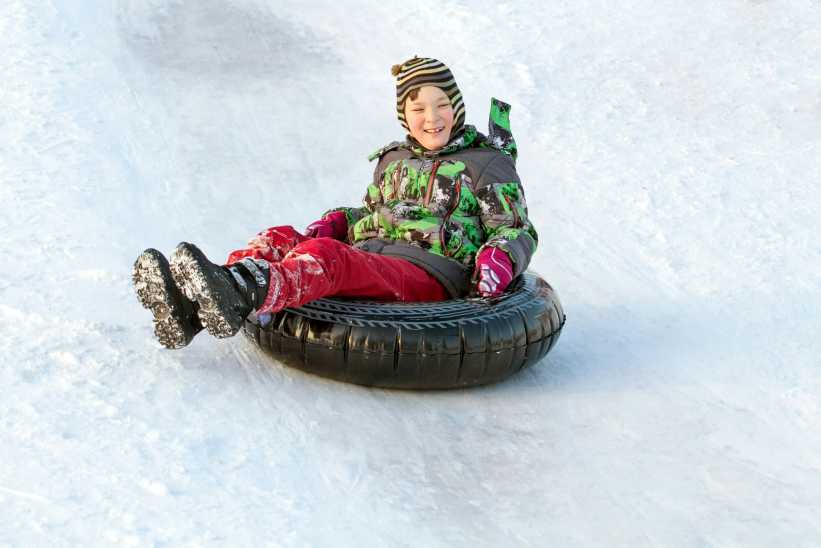A few narrow escapes led to the canceling of a popular Manhattan water race as rescuers stepped in to save three kayakers who were caught under a stationary barge on the edge of Battery Park City.
Four competitors in the Mayor’s Cup NYC Kayak Championships on Sunday, October 19, capsized due to rough waters at about 11:45 a.m., and their apparent disappearance prompted dozens of police officers and firefighters to arrive on the increasingly crowded scene.
A few flipped boats are hardly unusual in kayak racing. Many racers saw their kayaks tip over during the Sunday event, and rescue workers typically allow a fallen paddler to try to resume the race without assistance. However, complicating this instance was the presence of the barge outside North Cove Marina, just a few meters from the start of the course.
As racers pushed westward out of the marina’s starting gate, they were confronted with the powerful northward tide of the Hudson River, which pulled them in the direction of the barge. A NASCAR-like mess of boats also contributed to racers’ falling into the water. Three paddlers were ultimately unable to work their way around the obstruction, crashing against its slanted side.
“I got sucked by the current underneath the barge,” said Kurt Kuehnel, shivering, moments after swimming and pulling himself up to safety. “I’d say it was a little scary.”
Two of Kuehnel’s competitors, Tim Burke and Tom Walek, were helped away from the accident scene by members of the U.S. Coast Guard, and a fourth kayaker was pulled from the water farther upstream. That particular rescue, in which officers atop an on-duty police boat dragged a racer to safety using a yellow rope, was captured on camera by The Queens Courier.
“There was one guy who was under the barge, hanging onto a rope,” said Jim Covington, a racer who witnessed the barge rescues. “It was scary.”
The rescue boats, however, responded right away. “The concerns happened quickly,” race organizer Ray Fusco said, referring to lingering questions onshore about whether everyone had been saved. “We just wanted to make sure we were matching racers with boats that were being pulled out. … We could see the racers the entire time. We all had visual contact with them.”
All four kayakers had been accounted for by the time firefighters and additional police arrived at about noon, ready with divers. Ambulances and a helicopter soon followed. The announcement over security radios that no one remained missing prompted a sigh of relief among the building crowd. Two racers were treated by the Fire Department of New York (FDNY), but there were no major injuries.
“There’s nothing to do. It’s a good thing,” said one firefighter, interviewed on the condition of anonymity because he was not permitted to speak to the press. “We heard four guys got all screwed up in the currents. … We were just ready in a dive state to go under the barge.”
One police officer, who refused to be interviewed, was overheard telling race officials that “we didn’t even know this [event] was going on” and another officer confirmed that the department simply responded to the call without forewarning.
The NYC Sports Commission, which ran the event, provided participants with seven rescue boats in order to block intruding water traffic and to keep an eye out for capsized racers. All kayaks, further, were equipped with a GPS and were followed by officials from a live map on a monitor back at North Cove Marina headquarters. A two-page safety plan detailed opportunities for kayakers to bail out of the round-Manhattan race if the waters became too rough.
Many of those plans were rendered moot, however, when race officials decided to call the contest at about 12:30 p.m. According to Amanda Sells, director of operations for the sports commission, conditions were too rough, and racers were too far apart, for the organizers to feel that their security presence was adequate.
“We had good coverage, and good tracking of the racers,” Fusco said. “The question just became how much of a fishing expedition we wanted it to be.”
Upon the cancellation, racers were approached by rescue boats and directed to return to land via the Hudson River’s Pier 96 or Columbia University’s boathouse at the northern tip of Manhattan.
Covington, who had capsized earlier and been picked up by the U.S. Coast Guard after being unable to prop himself back up, was surprised by the decision.
“This is nothing. There are people [in our sport] who race between two Pacific islands,” he said. “They have some very qualified people out here today.”
A NYC Sports Commission press release, in fact, had advertised the “standing waves, whirlpools, and very tumultuous water” at the Hell’s Gate portion of the race, where the Harlem River, East River, and Long Island Sound meet.
Fusco said that some of the event’s most competitive racers - among them, 11-time world champion paddler Oscar Chalupsky and two-time Olympic gold medalist Greg Barton - were unhappy to quit the race.
“The top-flight guys were upset, [because] this is a coveted race,” he said. “People flew in from all over the place for it. But you want to make sure that all the racers are taken care of.”
The Mayor’s Cup hands out $17,500 in total prize money and $5,000 to the first-place winner.
Sells said that there had been no serious safety incidents in the last two editions of the annual race. However, in their third year, race organizers are learning a lot from this new experience.
“We’re talking to folks about … new options for the start,” Fusco said.

